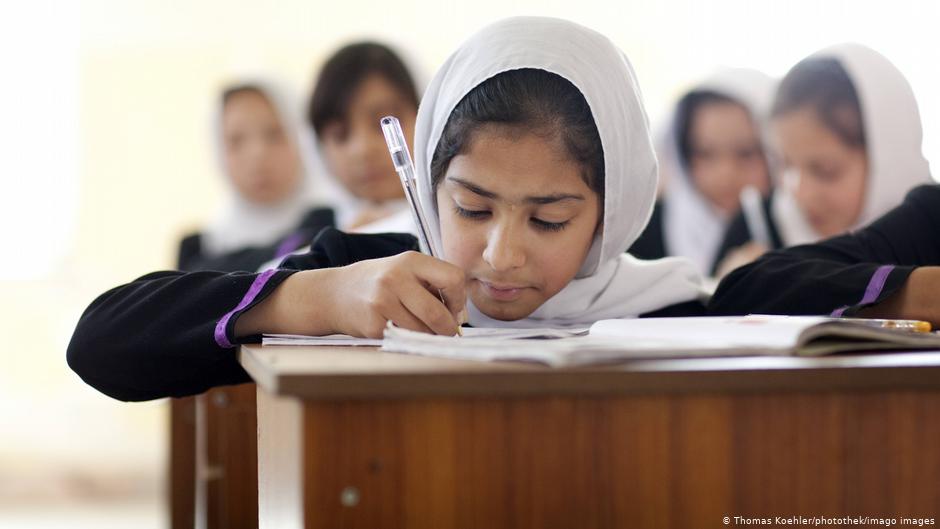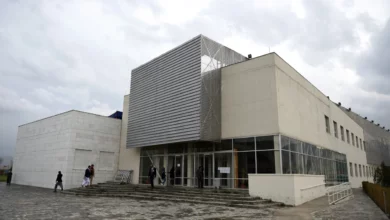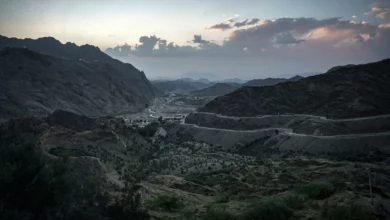
KABUL, Oct 12 (Reuters) – While girls across most of Afghanistan remain at home while brothers go to high school, classes in some northern areas have been open for all students, highlighting regional differences starting to emerge two months after the Taliban seized power.
Secondary schools remain closed for girls in much of the country, but in Mazar-i-Sharif, close to the border with Uzbekistan, local authorities have taken a different approach.
Zabihullah Noorani, head of the culture and information directorate in the northern province of Balkh, said lessons in many schools were continuing for both boys and girls.
“In places where schools are open, they are open, no obstacle or barrier to them,” he said. “Here, there is no obstacle or barrier for girls’ education.
“My view and the views of all other Islamic Emirate officials and leadership is that our women sisters have the right to study just like men,” he said, using the term employed by the Taliban for their government.
Girls’ education has become one of the most sensitive issues for Western countries dealing with Afghanistan since the Taliban government ordered schools above sixth grade to open for boys but told girls to stay home until conditions permitted them to return to class.
Officials deny there has been an outright ban, but as the weeks have passed there has been no sign of all girls going back to school and no clear explanation or indication of when they might restart their education.
The difference between Mazar-i-Sharif and other areas is an example of the wide differences that exist between relatively modern and liberal cities and Afghanistan’s conservative rural heartlands where girls’ education has long been rare.
Maryam, a 15-year-old in the 10th grade from Mazar-i-Sharif, said she had been going to school without interruption, despite strict clothing requirements imposed by the Taliban. She wanted to continue studying and hoped one day to become a doctor.
“We were told by the Taliban several times to wear a hijab, wear a scarf, that only our eyes should be visible and we should even wear gloves,” she said by telephone.
“These restrictions have made some girls lose interest, but still we girls are happy that at least we are going to school.”
Though the Taliban banned girls from attending school during their previous rule until 2001, education advocates say that in recent years the ability of girls to access education in Taliban-controlled areas varied depending on local commanders and the influence and wishes of local communities.
The United Nations’ children agency UNICEF also struck an agreement with the Taliban last year to create informal community-based classes for both boys and girls in some areas with a heavy Taliban presence.
Local residents in Mazar say girls have been able to go to school, and one ex-official of the interior ministry under the former Western-backed government said he had visited several high schools for girls and seen them functioning normally.
“All girls of all age types were allowed to go to their classes,” he said.
Reporting by Islamabad newsroom; additional reporting by Zeba Siddiqi; Writing by James Mackenzie; Editing by Mike Collett-White




